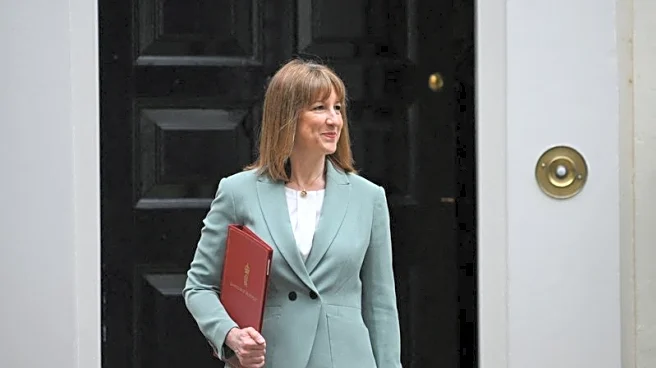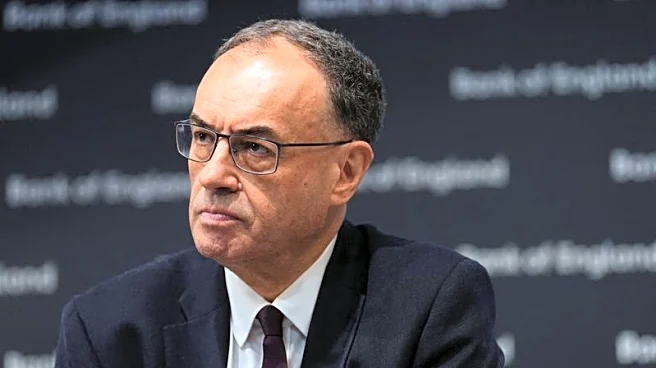What's Happening?
The UK's 30-year gilt yield, a measure of the effective interest rate for long-term government borrowing, has reached a 27-year high. This development has sparked discussions about economic mismanagement and fiscal credibility. The rise in borrowing costs is seen as a verdict on the UK's economic policies, with some attributing it to recent personnel changes in Downing Street. However, others view it as part of a broader pan-European trend, indicating UK growth outperformance and limited room for interest rate cuts. The 30-year gilt is crucial for sectors requiring long-term returns, such as pensions and insurance, and the increase in yield reflects structural changes in pensions markets and general doubts about the sustainability of tax and spending plans in Europe.
Why It's Important?
The increase in long-term borrowing costs poses challenges for the UK government, affecting its ability to finance projects and manage fiscal policies. It also impacts sectors reliant on long-term returns, such as pensions and insurance, which require fixed and predictable payouts over extended periods. The rise in yields may lead to higher costs for government borrowing, potentially influencing public spending and economic growth. Additionally, the situation highlights broader concerns about economic stability and fiscal credibility, which could affect investor confidence and market dynamics.
Beyond the Headlines
The rise in borrowing costs may prompt discussions on the UK's economic strategy and fiscal policies, with potential implications for political stability and public trust. As governments across Europe face similar challenges, the situation underscores the interconnectedness of global financial markets and the importance of coordinated economic policies. The structural changes in pensions markets and doubts about tax and spending plans may lead to reevaluations of long-term economic strategies and reforms.













